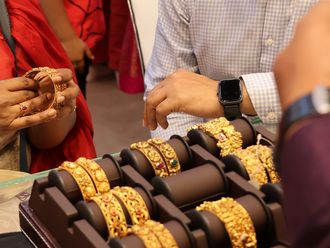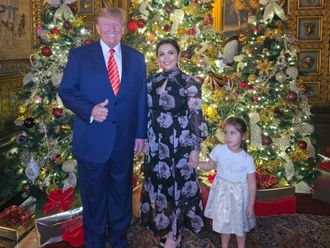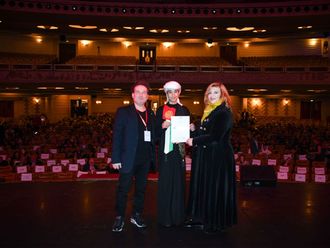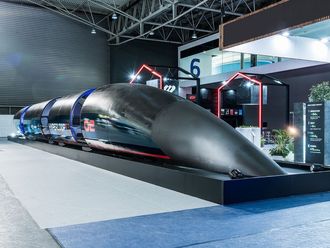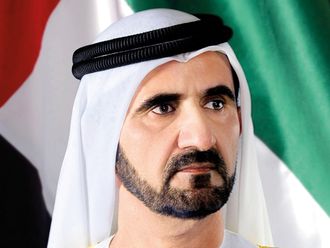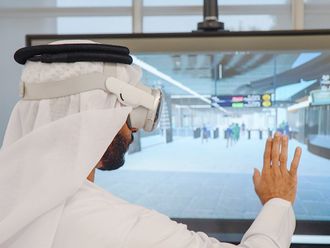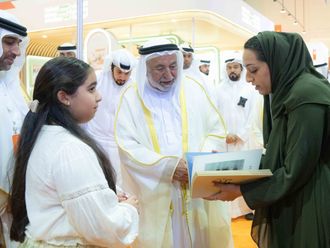American hostages who were taken with 17 other Filipinos in Palawan, southwestern Philippines last May 27 were badly hurt as the Abu Sayyaf group decided to enter Lamitan, Basilan because of the clamour of other hostages for toiletries and bottles of Coke, recently freed hostages said.
"We told him, 'Abu Sabaya, we haven't had a drink of Coke," and he said, "Okay, let's have a coke. We will go to Lamitan town. They have plenty of Coke, they have everything you need there," former transportation undersecretary Francis Ganzon quoted the rebel spokesperson Abu Sabaya as saying before they entered Lamitan, Basilan on June 2.
Before that, they spent three days on the high seas. The speed boats that brought them out of Palawan even went as far as Sulu to look for a safe haven.
"On June 2, under the cover of darkness, the Abu Sayyaf rented a jeep and packed all the hostages into it for a trip to Lamitan," said Ganzon. The Abu Sayyaf group took over a church and hospital complex where 59 hostages were initially rounded up. Only 13 were taken when the Abu Sayyaf left Lamitan.
That day, four hostages were initially released, and five others, including Ganzon's wife, were freed on June 3. Ganzon remembered vividly the Abu Sayyaf and military encounter in Lamitan, saying that American tourist Guillermo Sobero had a wound in his foot. After the encounter, Sobero was "hog-tied and brought out of the group of hostages."
"That was the last time we saw him," said Ganzon. "Later, I was told by Sabaya that Sobero was beheaded, I did not witness it," recalled Ganzon, adding that he felt shivers down his spine when told about Sobero's fate.
Sobero's alleged fate occurred when government negotiator William Castillo failed to halt a military incursion in Lamitan, said Ganzon. At that time, American missionary Martin Burnmhan also sustained shrapnel wounds in the back, said Ganzon, adding the other hostages were also wounded, but these were superficial wounds.
The American couple suffered from recurring symptoms of malaria. Martin was sick and he had no more medicine and he was in a withdrawal mode. "But he survived the never ending walk," said Ganzon.
Describing his captors, Ganzon said they were between 22 to 35. He recalled that one of them died because his M-16 jammed when a soldier spotted him while he was cooking chicken for the hostages.
Asked to describe the Abu Sayyaf spokesman, Ganzon said, "I don't know if he is a man of vision and is doing it (fight for independence) in a funny way sometimes. I know he is serious (with his cause)."
"They would rather die (than surrender) because they believe they will go to paradise. They said more would follow into their footsteps," Ganzon described the Abu Sayyaf members as "cause oriented" rebels.
Sabaya said the kidnapping spree was connected with the group's demand for the establishment of an Islamic state. "Anybody who hinders them is perceived as an enemy," said Ganzon.
U.S. captives 'badly hurt' in Lamitan
American hostages who were taken with 17 other Filipinos in Palawan, southwestern Philippines last May 27 were badly hurt as the Abu Sayyaf group decided to enter Lamitan, Basilan because of the clamour of other hostages for toiletries and bottles of Coke, recently freed hostages said.


